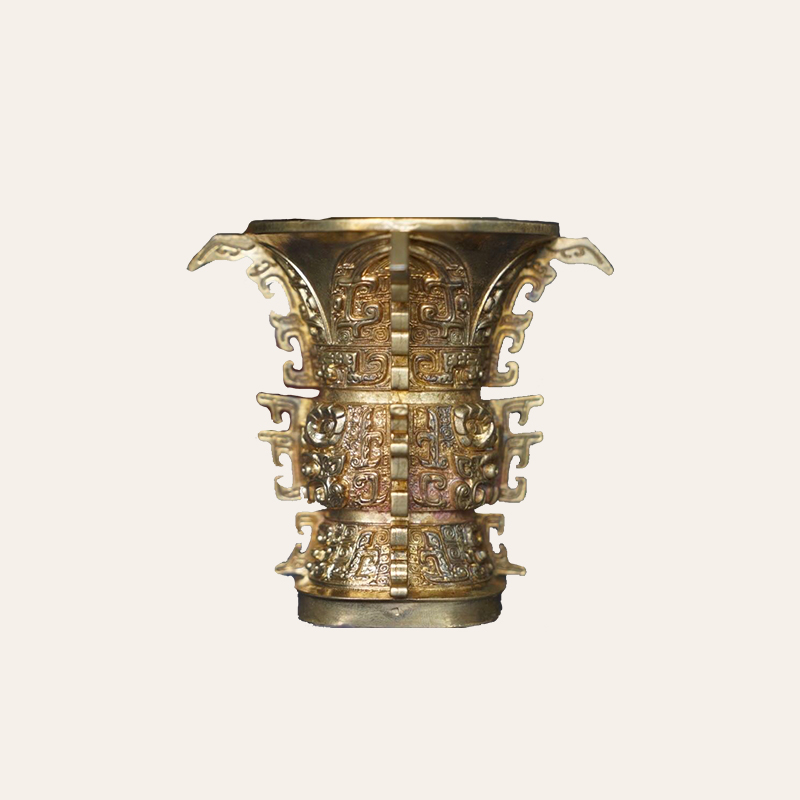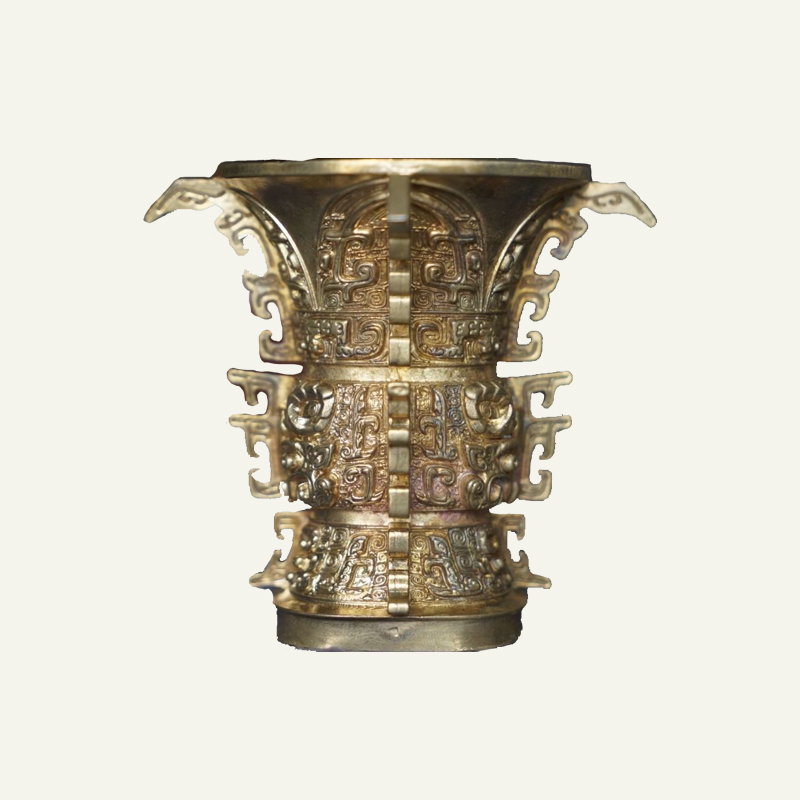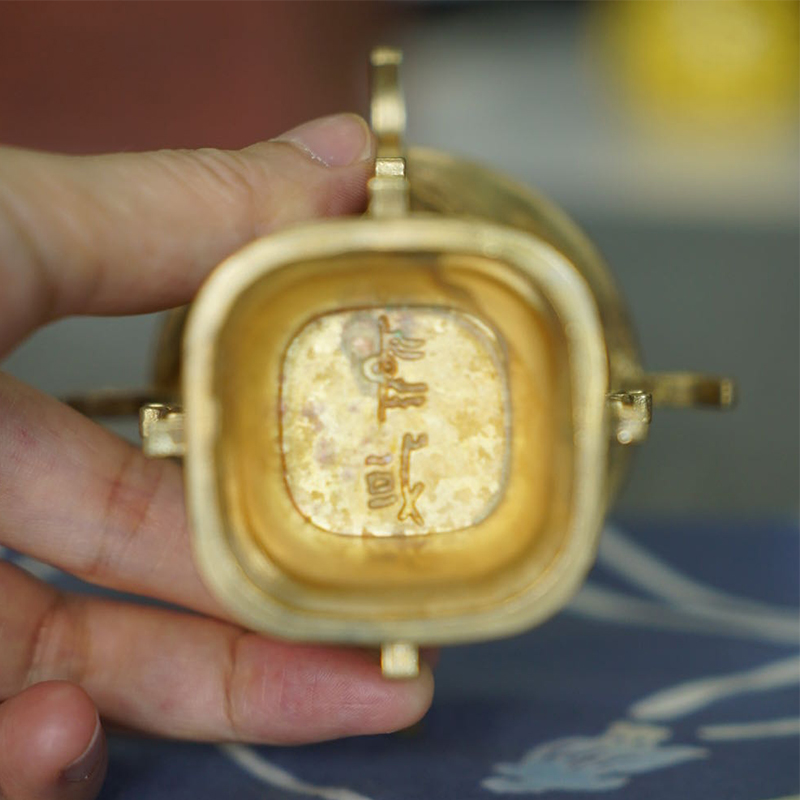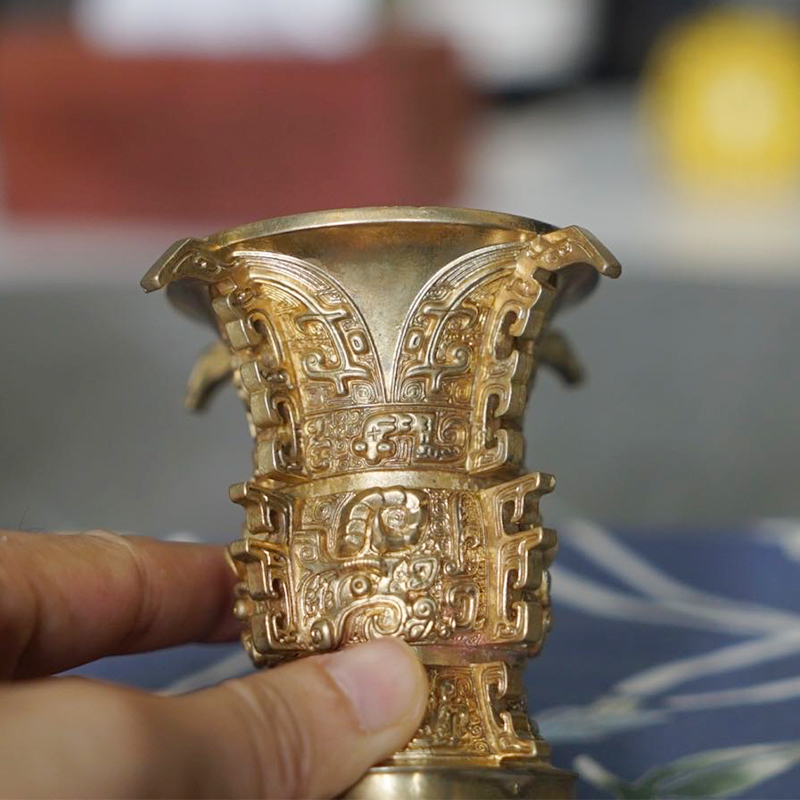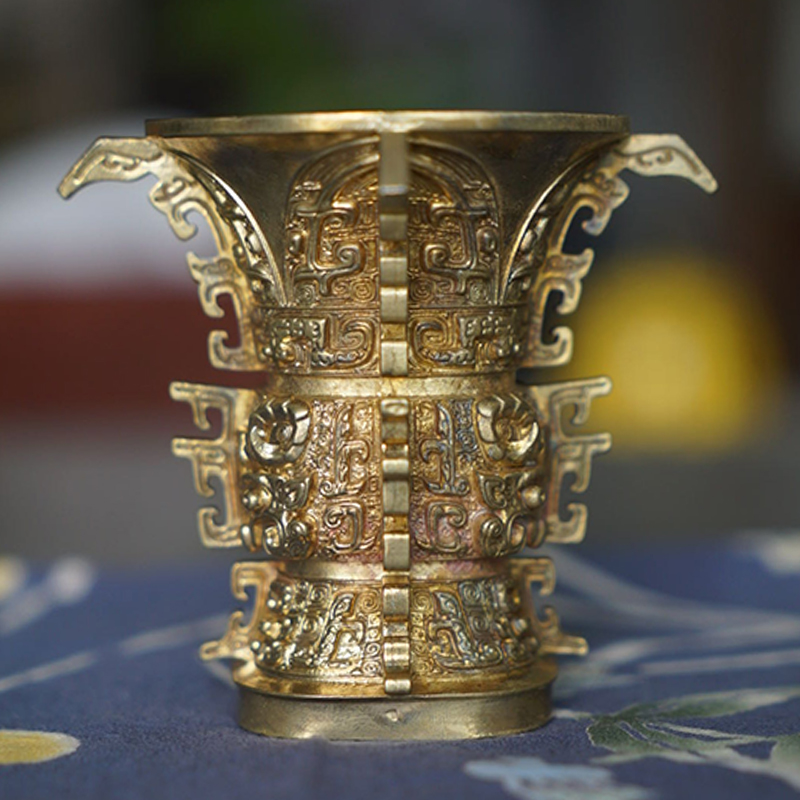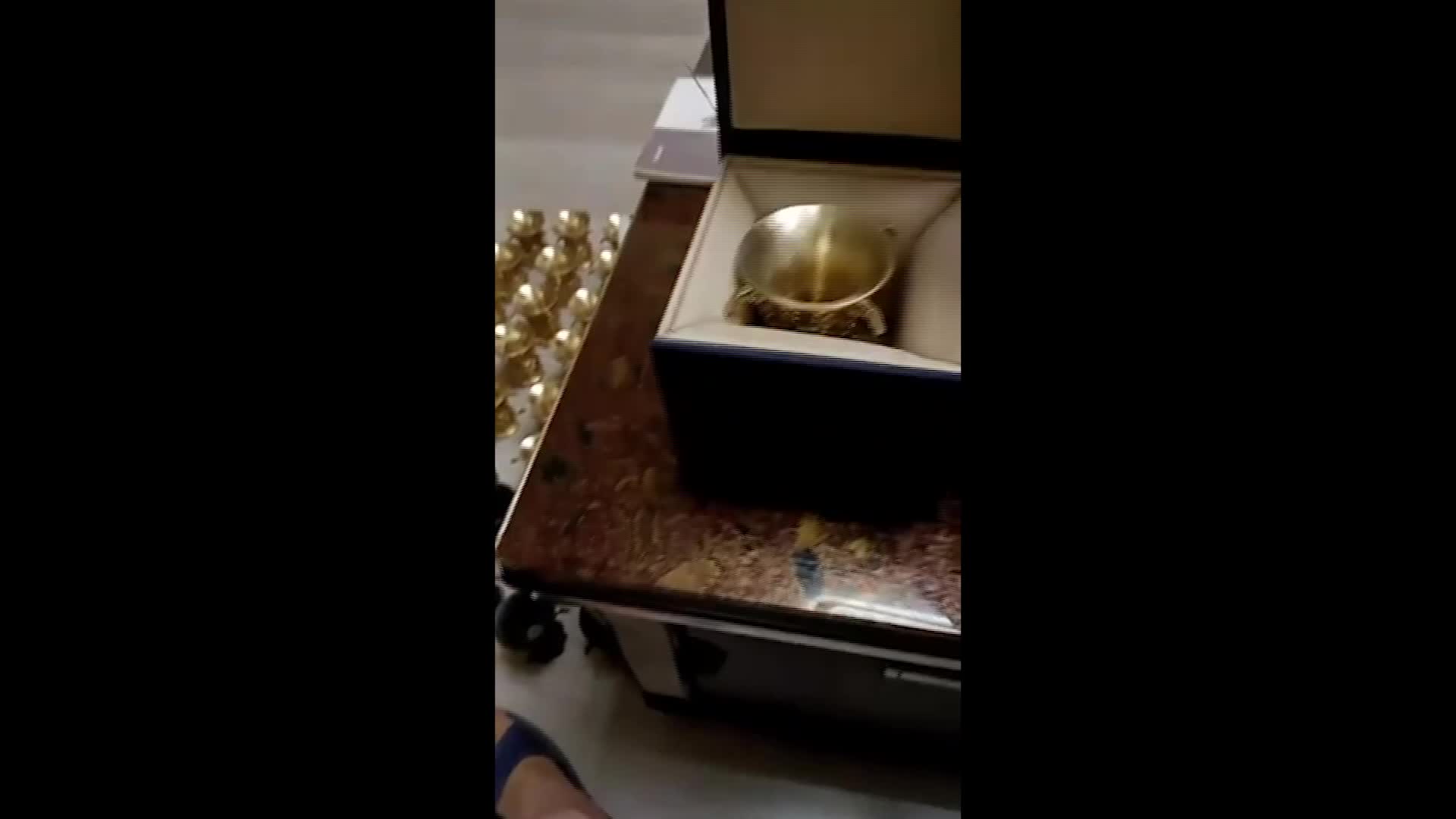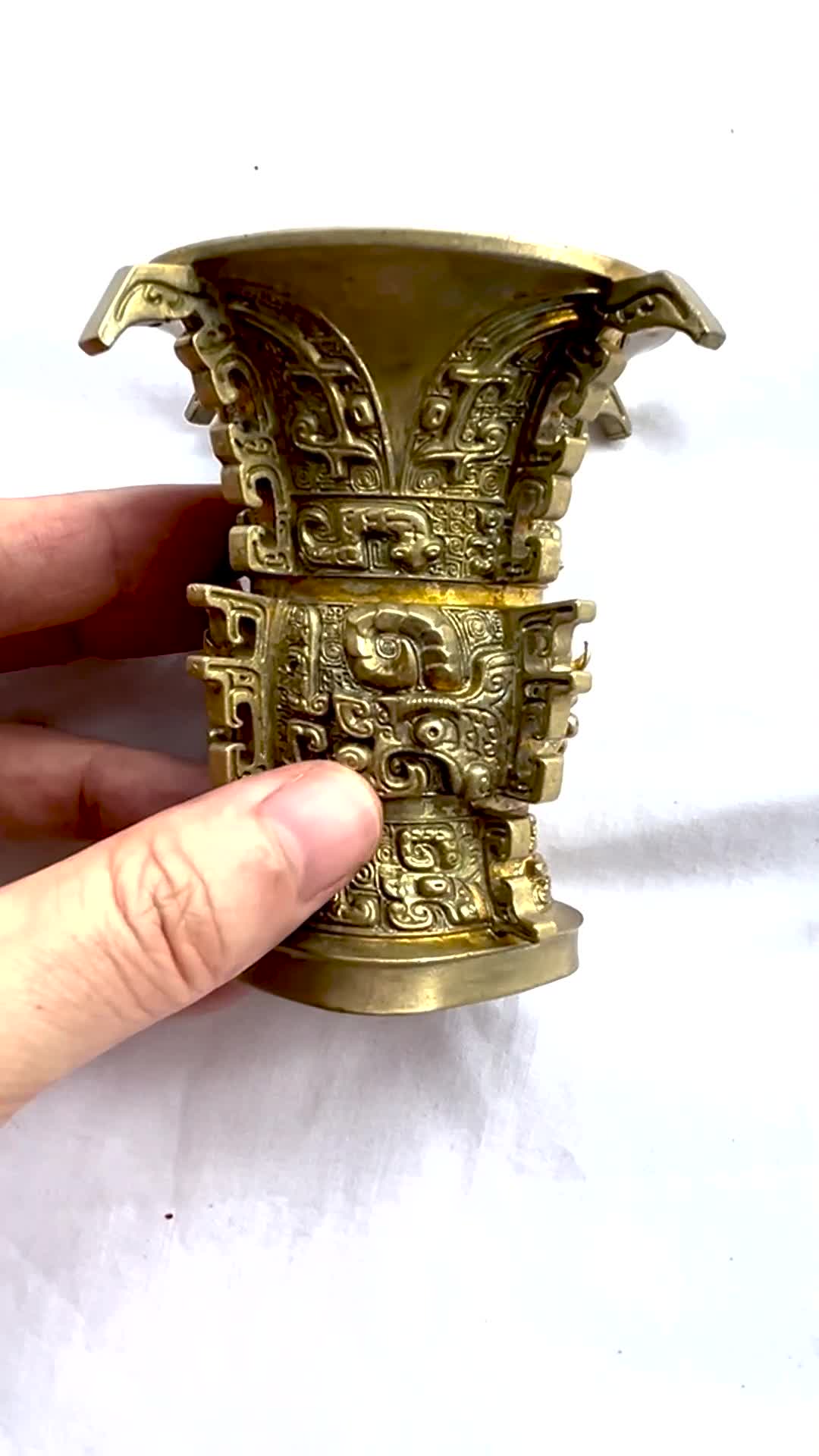What are you looking for?
Search
|
Material |
Copper
|
|
Size |
width: 4cm height : 8cm weight : 0.6kg
|
|
Technical |
Bronze casting method
|
|
Describe |
A miniature replica of He Zun ( Baoji Bronze museum collection, inside script " 中国 ( Ancient China word spell )" famous .
|
|
Remarks |
1.8 - 2.0 mm; 2.0 - 2.2 mm
|
| Ships |
Air Freight 7-10 day Express Front Door
|
| Returns |
A return for this item may be initiated within 14 days of delivery
|
Hezun Ritual Wine Vessel
The **Hezun** is an ancient Chinese ritual wine vessel from the early Western Zhou Dynasty (circa 11th century BCE). It was unearthed in 1963 in Fengxiang County, Shaanxi Province, and is now housed in the Shaanxi Baoji bronze History Museum. The Hezun is made of bronze and features a round body with a domed lid, resting on a stable base. Its surface is adorned with intricate taotie patterns, symbolizing power and divinity.
Notably, the Hezun contains a 12-line, 4-line inscription inside, which records King Cheng of Zhou's speech to the vessel's owner "He". The inscription emphasizes the importance of virtue and governance, reflecting the Zhou Dynasty's political philosophy. This text is also significant as it contains one of the earliest known references to "China" (Zhong guo) in ancient inscriptions.
The Hezun is not only a masterpiece of bronze craftsmanship but also a vital artifact for studying the history, culture, and language of the Zhou Dynasty. Its design and inscriptions provide insights into the rituals, politics, and beliefs of the time, making it a treasured relic of China's ancient civilization.
Gift Rubbing copy

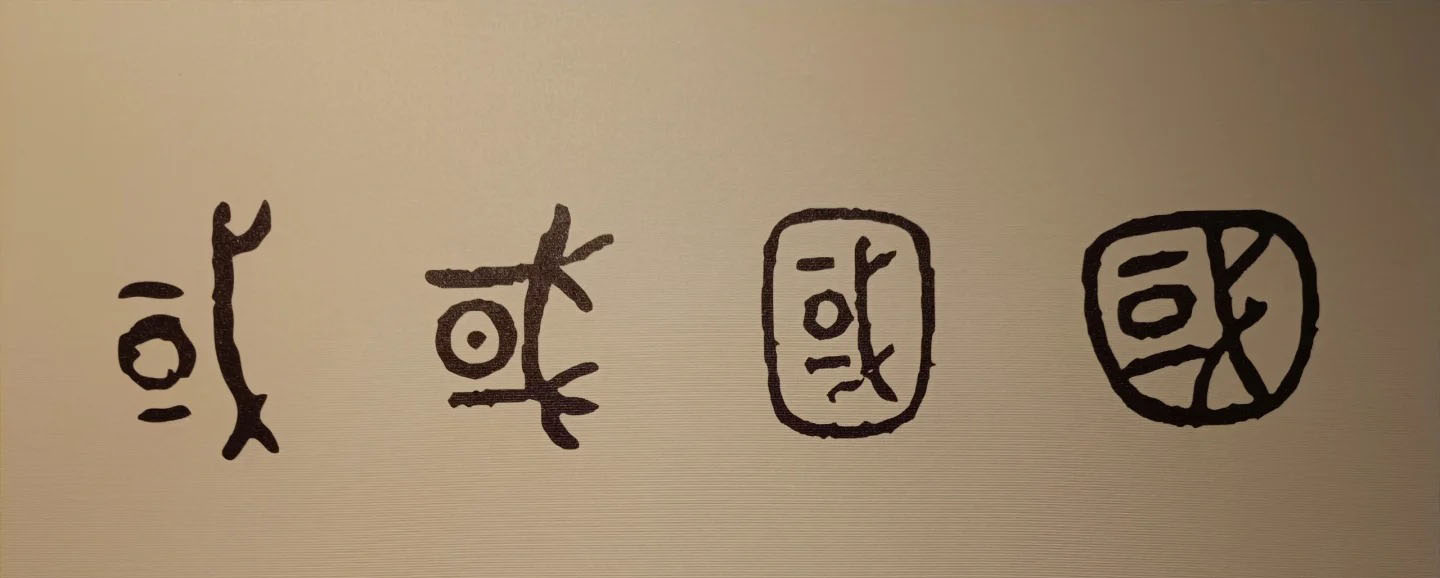
In Jin Wen, the original character for "country" was "戈" (gē) combined with "口" (kǒu). Here, "戈" serves as a phonetic component and also implies holding a weapon to defend the city, while "口" represents the city where people live. By the Spring and Autumn period, an additional outer boundary — "口" (wei) — was added around the character, indicating the borders of a country. In the earliest concept of "country," there were no clearly defined borders, and the earliest form of the character "国" (country) faithfully recorded this characteristic.


